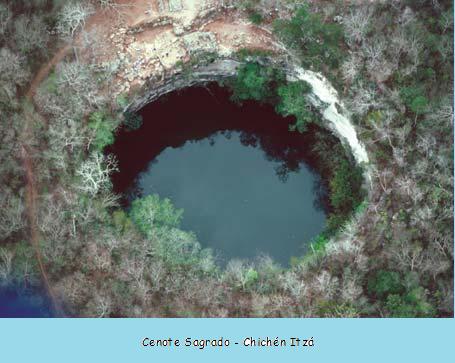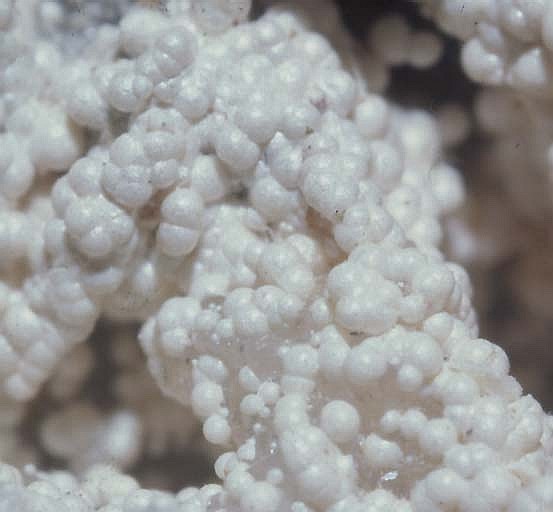![]()
Las Arcillas en la Salud y el Arte Maya: El Caso de la Paligorskita
Como decía mi padre (que jamás tuvo el placer de viajar a México), no hay mejor pintura azul que la que utilizaban los Mayas con la paligorskita, ¡esas si que duran!, y resisten hasta tus trastadas ¿¿??. Del mismo modo, y como ya veremos en otros post, a parte del uso que dieron las culturas precolombinas a los minerales con vistas a obtener tintes, tampoco era infrecuente que se utilizaran como medicamentos. Ya he conseguido tres referencias que conciernen al consumo de las arcillas por parte de las mujeres embarazadas en antiguas culturas aborígenes de diversas partes del mundo. De hecho, existen escritos en los que se menciona como algunas de ellas terminaban por hacerse adictas a su consumo ¿?. Y parece ser cierto. Como veréis en la noticia que hoy recuperamos de Sciencedaily, los mayas hacían un buen uso de la misma. Y mi padre tenía razón. De acuerdo a diversos estudios, su color resiste hasta las maldades de los niños más traviesos ¡durante siglos! Mientras tanto, nosotros pintado con otras artificiales, no biodegradables, contaminantes, caras y de mala calidad. ¡Así nos va!, cuando uno no hace aprecio de la sabiduría de nuestros antepasados.

Cenote sagrado con Paligosrkita. Fuente: Zurcir

Estructura de la paligosrkita. Pinchar aquí.
Juan José Ibáñez
Origins Of Maya Blue In Mexico
ScienceDaily (
A Spanish research team has traced the route followed by the Maya to obtain palygorskite clay, one of the basic ingredients of Maya Blue. «Our main objective was to determine whether the Maya obtained this clay from one place in particular,» co-author of the study Manuel Sánchez del Río, a physicist at the European Synchrotron Radiation Facility in
«Present day native communities on the Yucatan Peninsula are familiar with and use palygorskite clay for a variety of purposes, ranging from making candles on All Saints’ Day and household and artistic pottery to remedies for mumps, stomach and pregnancy pains and dysentery,» Sánchez del Río explained to SINC. Nowadays, modern pharmacology uses clays like palygorskite to produce anti-diarrhoea medicine, a remedy the Maya began to use more than a thousand years ago. However, palygorskite was mostly used to make the Maya blue pigment, which is produced by mixing indigo, an organic dye obtained from the plant of the same name, with a base of palygorskite clay. The resulting compound is extraordinarily resistant to chemical and environmental elements.
Archaeological sites
The researchers found samples of high-purity palygorskite clay in several locations on the
Crystal-chemical analysis then enabled researchers to obtain the formula for the composition of Mayan palygorskite clay: (Si7.96Al0.07)O20 (Al1.59Fe3+0.20Mg2.25) (OH)2 OH2)4Ca0.02Na0.02K0.04 4(H20). These results will be useful for studying archaeological remains with Maya blue and to determine whether the palygorskite clay used in the pigment was taken from

felizitaciones buen archivo
hola como estan ???